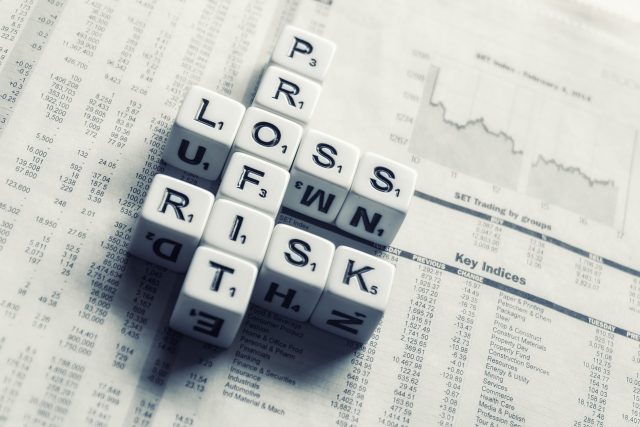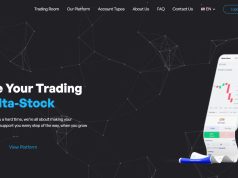Today, we’re going talk about everyone’s least favourite topic: Risk. There’s nothing appealing about risk, right? It sounds unpleasant and has a dangerous ring to it. However, the truth is that when you invest in global financial markets, risk – or, more accurately, managing risk – is your best friend.
Anyone who is telling you that investing is all about profits without mentioning losses is selling you something. Every experienced investor loses – some more than others. How do investors handle risk? Not by ignoring it, but by managing it.
So, how do you manage risk? Well, if you’ve attended one of the Vestle video courses, you already know that leading brokers provide traders with useful risk management tools, designed to assist them in making smart, balanced trading decisions. Here are just 3 popular examples of risk management trading tools.
1. Stop Loss
Automatic market orders allow traders to manage their open trades around the clock. By setting Stop Loss orders, you dictate a specific rate at which a losing deal will close – essentially saving you from excessive losses. Stop Loss has many advantages. It allows you to better manage multiple deals, have more extensive control of your investment funds and take action even when you’re not online. This is especially important to traders who diversify their portfolio and hence could end up investing in markets that are active in very different hours.
Does this trading tool have disadvantages? Of course it does. For starters, it doesn’t protect you from slippage – a dramatic change in price that is either too quick to monitor or takes place when the market is closed. Another disadvantage is that Stop Loss can work against you. If you set it at the “wrong” rate – too high or too low – you will either end up with substantial losses or your deal will close before it has a chance to recover and develop.
It’s not enough to know this trading tool. You should also take the time to learn how to use it correctly.
2. Negative Balance Protection
Negative Balance Protection is not really a tool, but rather a policy, and nowadays it’s also a regulatory requirement. What is this policy about? It simply states that traders’ accounts cannot go into minus – ever. It doesn’t matter how volatile the market is or if you remembered to set a Stop Loss order. You will never lose more than the money that you have in your balance and you will never owe your broker money.
This is a very valuable risk management tool because it means the investors can decide how much they are willing to risk in advance, and protect themselves from extreme volatility and changing market conditions. Needless to say, this is especially important for CFD traders, who usually use leverage. True, leverage increases your trading power, but it also increases risk, making even slight market movements crucial for the development of your open deals.
Luckily for traders, today, all regulated brokers must offer Negative Balance Protection, so all you need to do is ensure that you choose an FCA regulated broker.
3. Information
What?! Is information a risk management tool? Of course it is. The world today is not driven by oil, but by information, and for traders, knowledge can be just as valuable as charts of features. Traders have to get to know the instruments they invest in, take the time to learn about factors that affect the market and follow financial news on a regular basis. Even technical analysts who are more focused on charts need to take the time to boost their knowledge about different strategies and indicators. It doesn’t matter how experienced you are or how much knowledge you have, the technology keeps advancing, the markets keep changing and you should always take the time to widen your perspective and gain additional insight.
Where can you obtain information? It’s freely accessible in just about any format you can imagine. We already mentioned financial news sites, but there are also online articles, investment-focused portals, blogs, audio books and – if you prefer – video tutorials. You can take advantage of video tutorials such as the Vestle video courses, watch short trading-related clips or use a Demo Account to gain practical knowledge. Through information, you’ll be able to learn how to use available trading tools, develop your risk management strategy and make better informed, smarter trading decisions.
The materials contained on this document have been created in cooperation with Vestle and should not in any way be construed, either explicitly or implicitly, directly or indirectly, as investment advice, recommendation or suggestion of an investment strategy with respect to a financial instrument, in any manner whatsoever. CFDs are complex instruments and come with a high risk of losing money rapidly due to leverage. 86.9 per cent of retail investor accounts lose money when trading CFDs with Vestle. You should consider whether you understand how CFDs work and whether you can afford to take the high risk of losing your money. Any indication of past performance or simulated past performance included in this document is not a reliable indicator of future results.
Full disclaimer: https://www.vestle.com/legal/analysis-disclaimer.html













